When it comes to selecting the ideal roofing system for a building, understanding the benefits and potential drawbacks of each option is crucial. One such option that has gained popularity in recent years is the cool roofing system. At Lenox Roofing, we’ve delved deep into the intricacies of cool roofs to provide you with a balanced perspective.
What Exactly is a Cool Roof?
A cool roof is designed with materials or coatings that enable it to reflect more sunlight and absorb less solar energy than traditional roofs. Think of it as the equivalent of wearing light-colored clothing on a sunny day to stay cool. While conventional roofs can soar to temperatures of 150°F or higher during summer, cool roofs maintain an average temperature that’s about 50°F cooler.
The Efficacy of Cool Roofs
There’s no doubt that cool roofs work. They can significantly reduce energy consumption during the summer months, leading to substantial savings on energy bills. Structures with cool roofs often experience more stable temperatures in unconditioned spaces, such as garages or spare rooms. This roofing system is particularly beneficial in warmer climates, where the emphasis is on cooling rather than heating.
Cool Roofs and Their Environmental Impact
Cool roofs, with their reflective surfaces, play a pivotal role in daytime cooling, which some experts believe can counteract global warming to an extent. However, it’s essential to note that while they might benefit individual buildings, their broader impact on the environment is still a topic of debate. Some studies suggest that reflective roofs might inadvertently contribute to global warming by affecting local weather patterns, leading to reduced cloud cover and increased drought conditions.
Benefits of Opting for a Cool Roof
Choosing a cool roof comes with a plethora of advantages:
- Energy Savings: Expect a reduction in energy bills by anywhere from 10% to 30%.
- Enhanced Indoor Comfort: Spaces without air conditioning remain more comfortable.
- Durability: With reduced thermal stress, the lifespan of the roof is often extended.
- Environmental Perks: Reduced demand during peak electricity times can help avert power outages. Additionally, the mitigation of the urban heat island effect and lowered CO2 emissions are notable environmental benefits.
However, it’s worth noting that the effectiveness of cool roofs can vary based on the region. In cooler climates, the energy savings might not be as pronounced.

Potential Drawbacks of Cool Roofs
While the advantages are numerous, there are certain considerations to keep in mind:
- Retrofitting Costs: Transforming an existing roof into a cool roof might come with significant expenses, especially when considering repairs, recoating, and cleaning.
- Algae or Mold Growth: The cooler surface might be conducive to the growth of algae or mold.
- Aesthetic Concerns: Lighter roof colors might show dirt more prominently.
- Increased Heating in Winter: In colder regions, cool roofs might inadvertently increase heating costs.
Making the Decision
If you’re contemplating installing a cool roofing system, it’s essential to weigh the benefits against the potential drawbacks. Factors such as the local climate, the insulation of the roof assembly, and the efficiency of the building’s HVAC system will play a role in determining the overall benefits.
For those in areas like Myrtle Beach roofing contractors, including Lenox Roofing, often recommend cool roofs due to the extended cooling season and high demand for air conditioning. However, for roofing in Myrtle Beach South Carolina, it’s crucial to consult with experts to ensure that the chosen roofing system aligns with the specific needs of the region.
In Conclusion
Cool roofing systems offer a promising solution for those looking to reduce energy consumption and promote environmental sustainability. However, like all solutions, they come with their set of challenges. By staying informed and consulting with trusted roofing companies in Myrtle Beach South Carolina, such as Lenox Roofing, you can make a decision that’s in the best interest of both your building and the environment.


